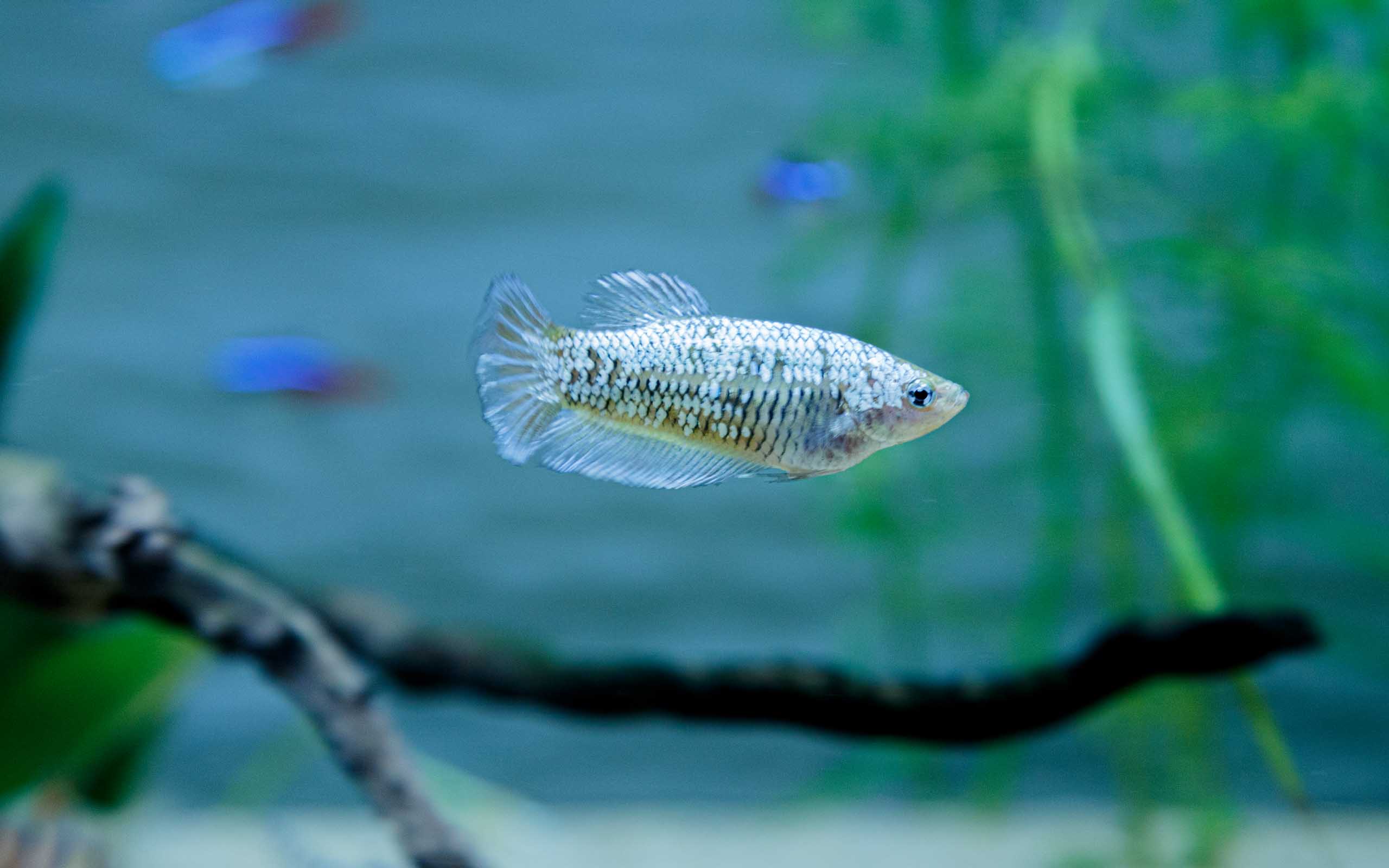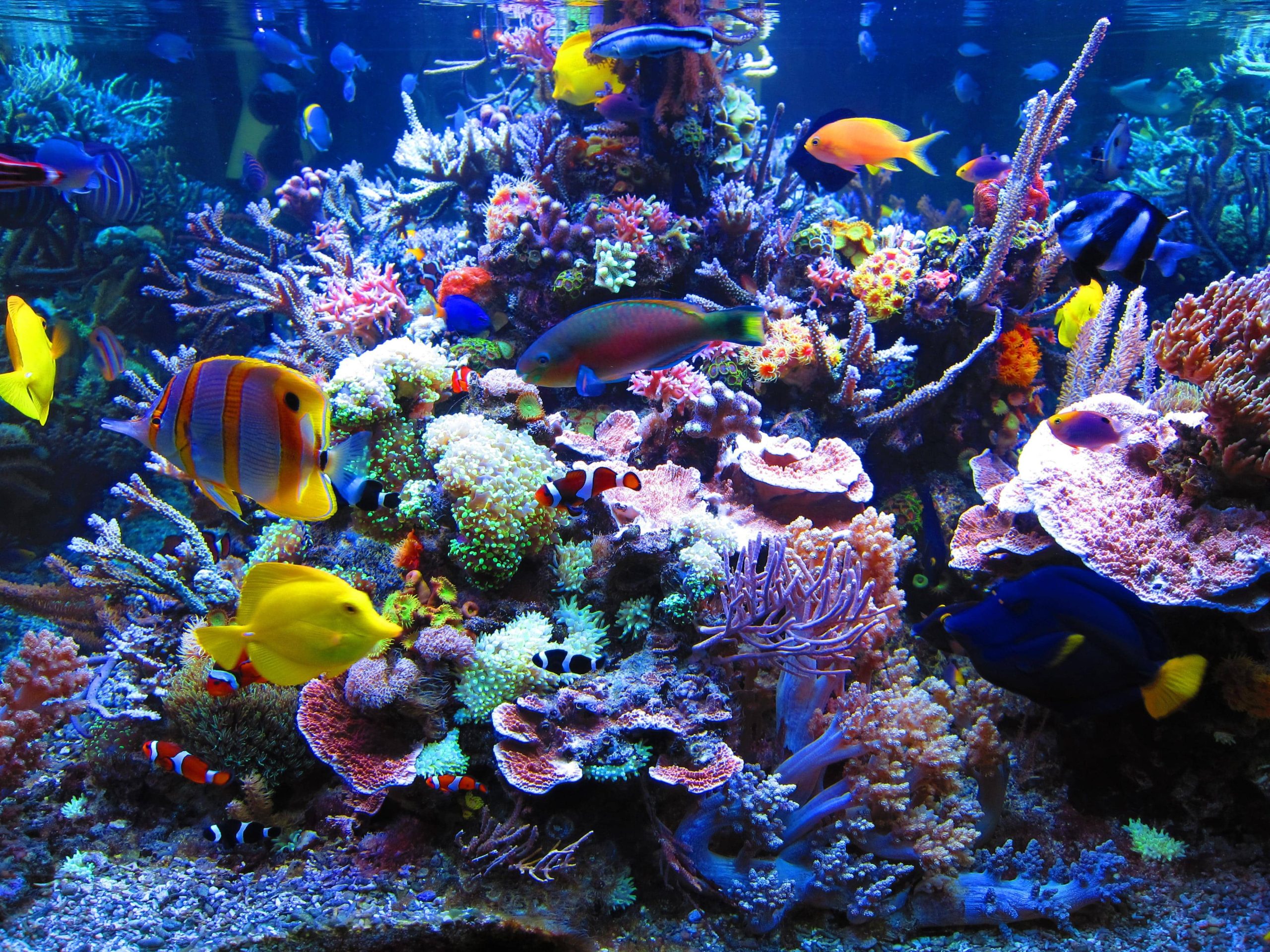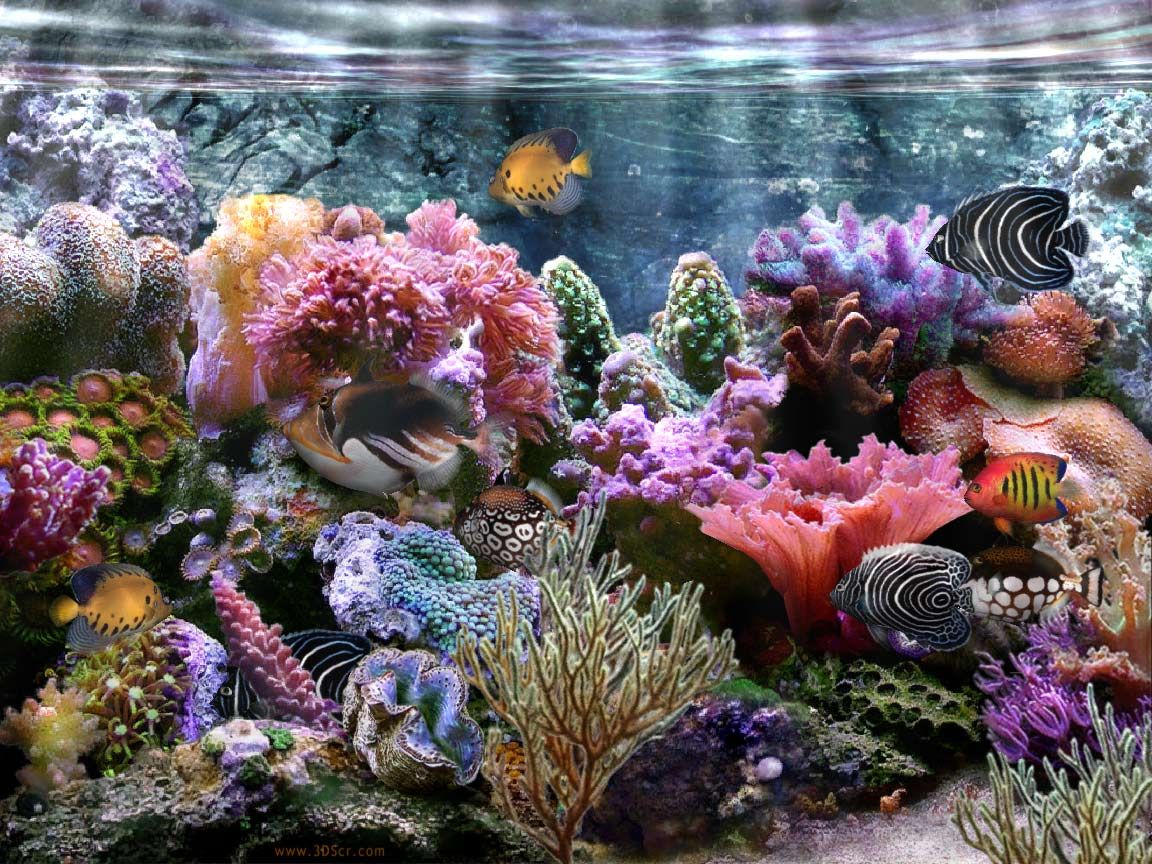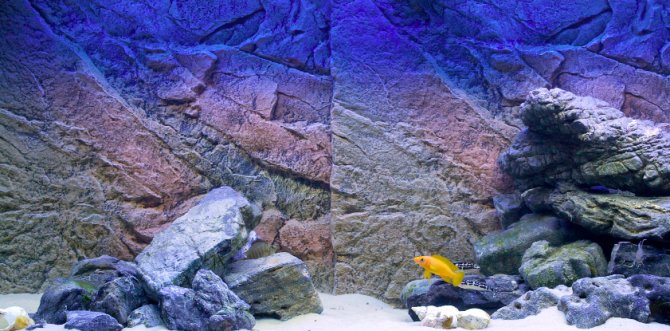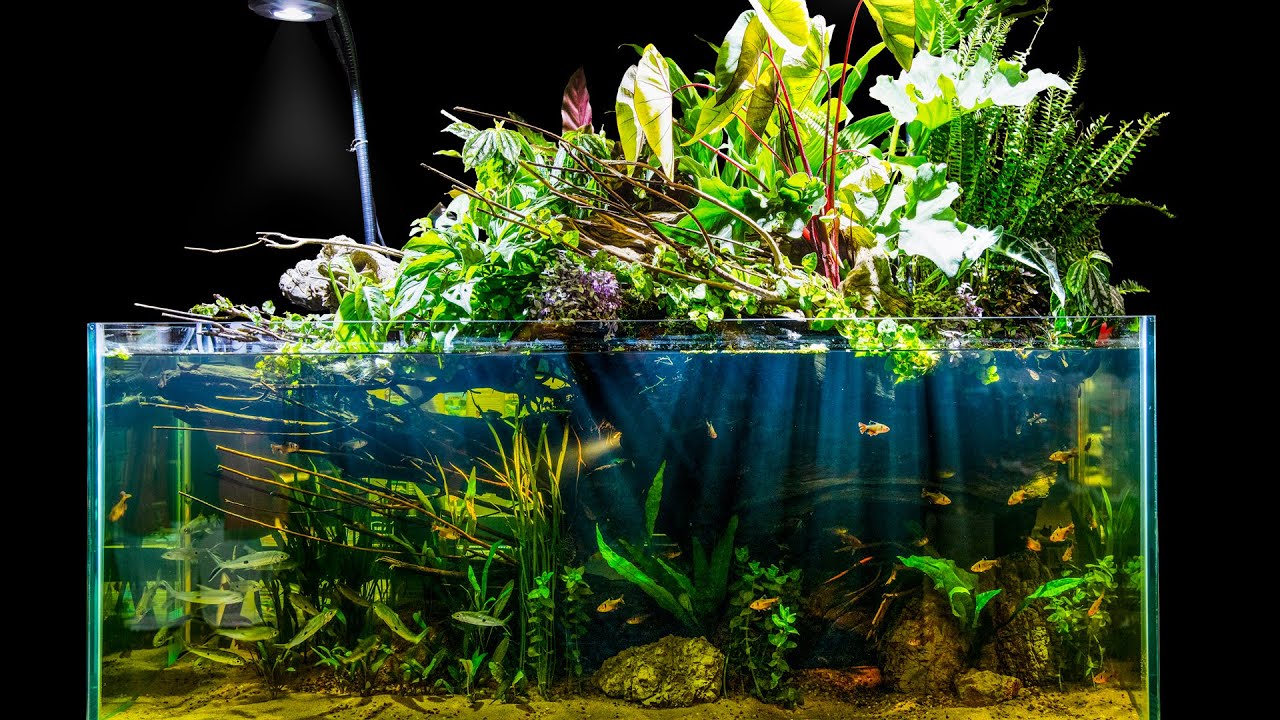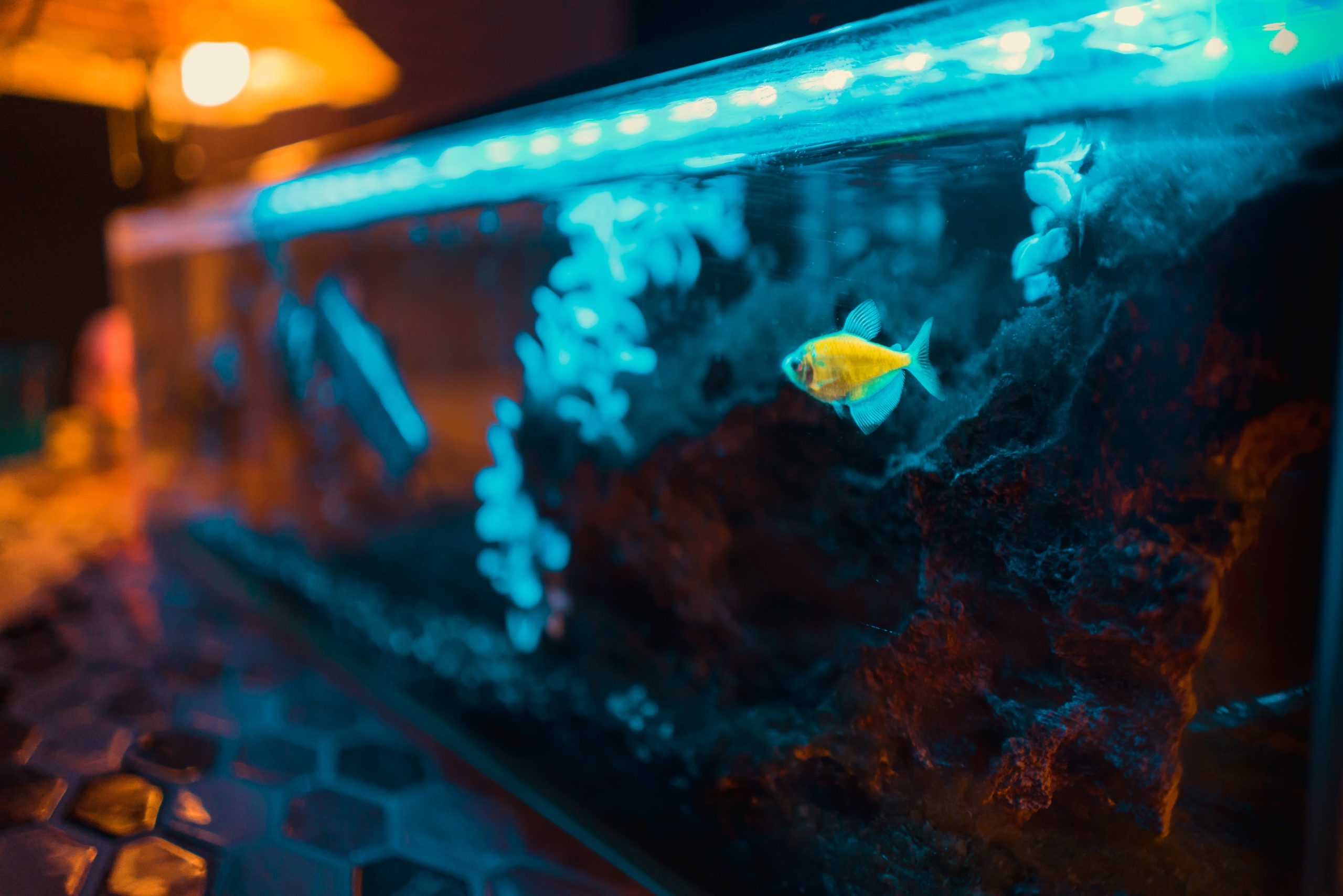Aquariums add a very nice atmosphere to their environments. However, it is not possible to say the same for unclean aquariums. How to clean and keep the aquarium water clean is an important issue.
Clean aquarium water is the first requirement for a healthy aquarium. Fish need clean water to thrive and survive. However, uneaten food, fish waste, and rotten plants raise the pH of the water, making your aquarium unhealthy. So how does the aquarium water stay clean? For this, there are some points you need to pay attention to in aquarium setup and maintenance.
How to Keep Aquarium Water Clean and Clear
Don’t worry. The water stays Cloudy for a While After the Aquarium is Set Up
When aquariums are first established, there may be a temporary blurriness. Turbidity is usually caused by microscopic organisms such as bacteria, protozoa and micrometazoa. There may be a sudden increase in bacterial numbers after installation. However, most of the time the water stabilizes within a few days and the turbidity disappears by itself.
There are more creatures than seen in aquariums. Don’t think about using water purifiers or making big changes right away to remove blur. If the blur continues for a long time, try to find out why. Using unnecessary chemicals and cleaners can adversely affect your fish.
Add Beneficial Bacteria
Not only fish but also bacteria live in aquariums. The beneficial bacteria you add to your aquarium will regulate the ecosystem. You can buy ready-made bacterial culture. If you have an aquarium set up, you can also transfer beneficial bacteria by moving stones or the filter from there. However, make sure you do not have any discomfort in the other aquarium.
Bacteria cultures convert toxic ammonia and nitrite in water to less harmful nitrate. Keeping plants can help release nitrate. However, the definitive solution is to reduce the nitrate concentration to acceptable values with partial water changes.
Add a Variety of Plants
Aquarium plants have a cleansing effect on the water. Another way to keep water clean is to have live plants. Plants host beneficial bacteria, increasing the oxygen in the water while filtering it, and reducing nitrate concentration as we said earlier.
You may want to take a look at our article about “How to Grow Aquarium Plants in Gravel?”
Make Sure You Have the Right Filter
There are filters that perform different tasks. The cloudy water may be caused by the wrong aquarium filter. The type of filter to be selected depends on the fish density, aquarium type, and the use of living or artificial plants.
- Biological filters use bacteria to convert toxins into less harmful forms.
- Mechanical filters clean the water by passing it through a filter.
- Chemical filters, as the name suggests, neutralize the toxins or chemicals in the water by using chemicals.
Don’t Overstock Your Aquarium
Rapid pollution is inevitable in crowded environments. Placing more fish will cause health problems. Crowded aquariums also get harder to clean. Unless otherwise stated, you can follow a general rule. This rule requires a minimum of 1 gallon (3.78 liters) of water for every 1 inch (2.54 cm) of fish in the aquarium. Of course, this rule does not apply to species such as angels and discus. More water is needed for these fish. The amount of water needed by each fish is different and you should do research before setting up an aquarium.
Change the Water Regularly
Unless there is a special case, change about 20% of the aquarium water regularly every week. If you are using tap water, let it rest for two days before adding the water to the aquarium. Thus, you can bring the water to the required temperature and remove the chlorine in it. Otherwise, your fish may be shocked by the temperature difference or stress due to chlorine.
Keep Filter Clean
You need to keep your aquarium filter clean and working. If you clean the filter screen regularly and do not replace it when it expires, your water will become cloudy and diseases will increase. Eventually, fish deaths can occur.
Filters should be checked every week for clogging and cleaned if necessary. Filter material change should be planned every month.
Regular maintenance of the air motor should be observed. If the ventilation in the cloudy water due to feces is insufficient, your fish may die.
Clean Your Aquarium Regularly
Perform general cleaning of the aquarium and cleaning of equipment at least once a month. Don’t forget to change the water every week. Change the water by siphoning the sand to remove any organic debris collected as well. Otherwise, when feces and wastes begin to dissolve in water, it causes an increase in the amount of ammonia, nitrate and phosphate in the water. You can clean the aquarium equipment against algae with old toothbrushes.
FAQs
How do I keep the aquarium water clear?
If you do not feed the fish much, remove the leftovers from the aquarium or keep the creatures that eat them, make regular partial water changes, use a quality aquarium filter and clean the filter regularly, the aquarium water will remain clear.
How to change aquarium water?
Using a bottom siphone, cleaning the debris settled on the bottom of the aquarium also allows the water to drain. Instead of missing water, water that has been aged for two days is used. Its temperature should not be too different from aquarium water. Fish can only tolerate a temperature change of 2-3 degrees Celsius a day.
How should aquarium water be?
Water taken from the tap can be used in the aquarium. However, it should be ventilated for two days as it contains chlorine. In this way, the chlorine gas inside evaporates. It can then be used in the aquarium. Water temperature and pH value should be suitable for the species to be fed.
Conclusion
As long as you meet the regular requirements of our aquarium, your aquarium will stay clear. If you have just set up your aquarium, give your aquarium time to clear the water before interventions.

